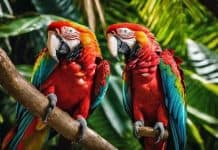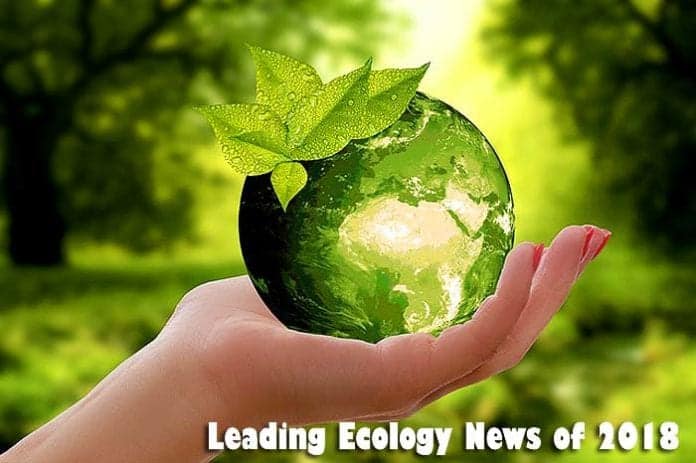
Leading Ecology News of 2018: It is a truth universally acknowledged by scientists: climate change is real as well as global pollution of air, water, and soil. In order for us to survive, we need to know as much as possible about the dangers of today.
We also need new ways to counteract them and re-wire our economy towards more sustainable practices.
The leading Ecology articles of 2018 show that our scientists have come upon many ideas that can help to reach those goals.
Table of Contents
- Top Ecology News in 2018
- 1. A new, unforeseen danger from plastic
- 2. Social media can help save the planet
- 3. Volatilomics can help in biodiversity studies
- 4. DNA barcoding for monitoring biodiversity
- 5. Fishing after coral bleaching is still possible
- 6. Fire-produced ozone is detrimental to ecosystems
- 7. It is proven – polluted air kills infants
- 8. Polluted air literally makes people miserable
- 9. Water pollution would affect billions of people in 2050
- 10. Helping nature can be sustainable!
- 11. New ideas for CO2 Recycling
- 12. Environmental Kuznetz curve is a bad model
- 13. Fighting CO2 emissions in EAP countries
- 14. Nanotech Vs. CO2
- 15. Working with native communities helps the environment
Top Ecology News in 2018
1. A new, unforeseen danger from plastic
 A study was carried out to understand the interactions of Antarctic krill with microplastics fully.
A study was carried out to understand the interactions of Antarctic krill with microplastics fully.
- It was shown that Antartic krill passes the microplastics through their digestive system, excreting in tiny plastic nanoparticles. The particles are less than 31 μm in diameter.
- It is quite likely that other zooplankton species can also produce nano plastics.
- This discovery shows that the circulation of nano plastics has to be factored in the evaluation of the dangers to the ocean.
![]()
2. Social media can help save the planet
 A study was undertaken to evaluate the usefulness of social media, such as Facebook in biomonitoring.
A study was undertaken to evaluate the usefulness of social media, such as Facebook in biomonitoring.
- The researchers have evaluated 39,039 conversation threads in specialized Facebook groups analyzing biodiversity based on images.
- It was established the replies to the queries were fast, and the amount of data obtained was high.
- This study means that using social networks and other “citizen science” approaches can be a big help in ecology and biodiversity research.
![]()
3. Volatilomics can help in biodiversity studies
 Volatilomics is a non-invasive approach that involves measuring volatile organic compounds in order to evaluate different biological processes.
Volatilomics is a non-invasive approach that involves measuring volatile organic compounds in order to evaluate different biological processes.
- It was proven in a laboratory setting that analyzing volatile compounds was enough to identify four different genera of algae.
- It means that this approach, previously used in other areas of biology, can help analyze aquatic biodiversity.
![]()
4. DNA barcoding for monitoring biodiversity
 Monitoring the “ecologic health” of aquatic communities is crucial both for the well-being of humans and ecosystems.
Monitoring the “ecologic health” of aquatic communities is crucial both for the well-being of humans and ecosystems.
- Existing evaluation protocol involves comparing the biodiversity before and after anthropogenic influence.
- One of the pitfalls with this approach is the deficit of appropriate specialists that could help with identification.
- A new “biomonitoring 2. 0” approach involving DNA metabarcoding was proposed.
- After tweaking, it has the potential to become the future of biomonitoring.
![]()
5. Fishing after coral bleaching is still possible
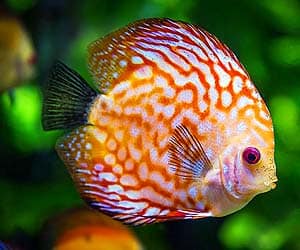 A study was undertaken that analyzed how coral bleaching in tropical areas has affected fishing dynamics.
A study was undertaken that analyzed how coral bleaching in tropical areas has affected fishing dynamics.
- The study analyzed the changes in fishing volume in 20 years.
- It was shown that coral bleaching caused the shift increase of herbivorous species number.
- The overall amount of fish, caught after coral bleaching spread was comparable to the pre-bleaching situation, but the species composition changed.
The study would assist in long-term prognosis for the fishing industry and conservation efforts.
![]()
6. Fire-produced ozone is detrimental to ecosystems
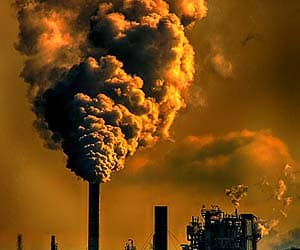 An analytical study has evaluated how various factors influence the overall ecosystem productivity.
An analytical study has evaluated how various factors influence the overall ecosystem productivity.
- The study used several models and evaluated the influence of different air pollutants on ecosystem dynamics.
- It was shown that ozone and aerosols produced during fires significantly decrease ecosystem growth and productivity.
- It means that the risk of fires in the consistently warming climate is even a more significant threat on ecosystem well-being than was thought previously.
![]()
7. It is proven – polluted air kills infants
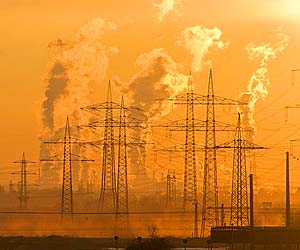 The researchers have analyzed records of air pollution, and infant mortality in Africa made in 15 years.
The researchers have analyzed records of air pollution, and infant mortality in Africa made in 15 years.
- It was consistently shown that an increase in air pollution in several regions of Africa was associated with high infant mortality.
- At least 22% of infant deaths in Africa were directly linked to pollution.
- This correlation remained stable and was not influenced by other parameters.
It was concluded that even a modest reduction in air pollution worldwide, would decrease the rate of infant mortality.
![]()
8. Polluted air literally makes people miserable
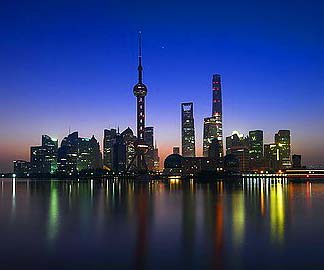 A study was conducted on 1,931 pregnant women living in different areas in Shanghai.
A study was conducted on 1,931 pregnant women living in different areas in Shanghai.
- The relationship between air pollution and emotional stress during pregnancy was studied.
- An increase in air pollution correlated with higher levels of emotional stress in pregnant women.
- A higher level of air pollutants during pregnancy we also linked to a higher risk of depression.
As it happens, pollution is dangerous both to physical and emotional health.
![]()
9. Water pollution would affect billions of people in 2050
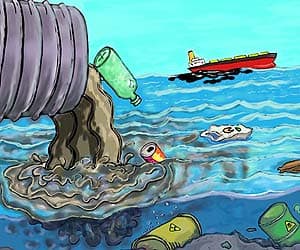 The direct impact on the human population due to water pollution was calculated for the first time.
The direct impact on the human population due to water pollution was calculated for the first time.
- Multiple parameters were taken into account: the discharge of waste, evaporation due to global warming and level of water use by people.
- According to the new model, nearly 2.5 billion people would be affected by water shortages and pollution.
- Developing countries would be especially affected.
New results confirm the necessity of sustainable and affordable solutions for waste recycling.
![]()
10. Helping nature can be sustainable!
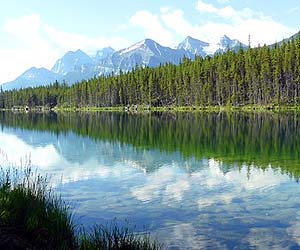 A novel strategic approach was tested in one of the hotspot areas in the Atlantic forest.
A novel strategic approach was tested in one of the hotspot areas in the Atlantic forest.
- The approach took into account many economic as well as ecological factors;
- Its application increased the overall cost-effectiveness 8-fold;
- Biome extinction decreased by 28%.
- The costs were reduced up to 28 billion.
It means that allocating arable land to conservation does not always means financial drawbacks.
![]()
11. New ideas for CO2 Recycling
 One of the most sustainable approaches to control CO2 emissions is to use it as a source of other compounds.
One of the most sustainable approaches to control CO2 emissions is to use it as a source of other compounds.
- Novel structured reactors that use Sabatier reaction for CO2 valorization were constructed.
- They could be helpful in CO2 recycling if the appropriate industrial application is found for them.
![]()
12. Environmental Kuznetz curve is a bad model
 According to the Environmental Kuznets Curve, with the growth of industrialization, environmental pollution would increase with industrialization then subside. However, is that good?
According to the Environmental Kuznets Curve, with the growth of industrialization, environmental pollution would increase with industrialization then subside. However, is that good?
- Analytical models have shown that development based on such a plan requires a lot of financial resources;
- The planet may not be able to absorb the cost to the environment generated.
- There is a need for other useful models of economic growth for developing countries in order to avoid such a scenario.
![]()
13. Fighting CO2 emissions in EAP countries
 A panel investigation was carried out in order to elucidate the relationship between fossil fuel consumption, urban growth and other parameters on CO2 emissions in East Asia and Pacific countries.
A panel investigation was carried out in order to elucidate the relationship between fossil fuel consumption, urban growth and other parameters on CO2 emissions in East Asia and Pacific countries.
- Fossil fuel consumption and urban growth reliably increase emissions.
- Local efforts about environmental protection are insignificant;
- Energy conservation policies and using renewable energy sources benefits both economic growth and CO2 control.
It was concluded that concentrated environmental protection efforts in the region are necessary to counteract the increase in carbon dioxide emissions.
![]()
14. Nanotech Vs. CO2
 Multiple novel methods to analyze and sequester carbon emissions were developed.
Multiple novel methods to analyze and sequester carbon emissions were developed.
- Spectrometry, gas chromatography and electrochemical sensors allow a better understanding of the levels of emissions worldwide.
- Novel methods of carbon capture and storage include oxyfuel combustion, algae, biochar, and charcoal.
- The most efficient approach to carbon capture lies with nanotechnology, to the opinion of modern scientists.
- Sequestered carbon can be stored in the earth crust.
![]()
15. Working with native communities helps the environment
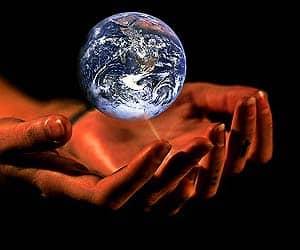 Bajo People of Southeast Sulawesi are a classic example of a traditional community that is negatively impacted by the changes in climate. A sophisticated strategy was developed in order to support and sustain these people.
Bajo People of Southeast Sulawesi are a classic example of a traditional community that is negatively impacted by the changes in climate. A sophisticated strategy was developed in order to support and sustain these people.
- The developed strategy took into account multiple factors, including the community traditions;
- An information campaign was launched that educated the fishermen about climate change;
- Methods for better fishing strategies and water decontamination were offered;
- People were helped with the diversification of their resources so that they would be less dependent on fishing.
![]()
As one can see, we cannot be overly optimistic about our future. Pollution of water, air, and soil contribute to the decrease of biodiversity, climate change and development of economic and health problems. Only concentrated efforts of scientists, analysts and policymakers can really turn the tide.
![]()




